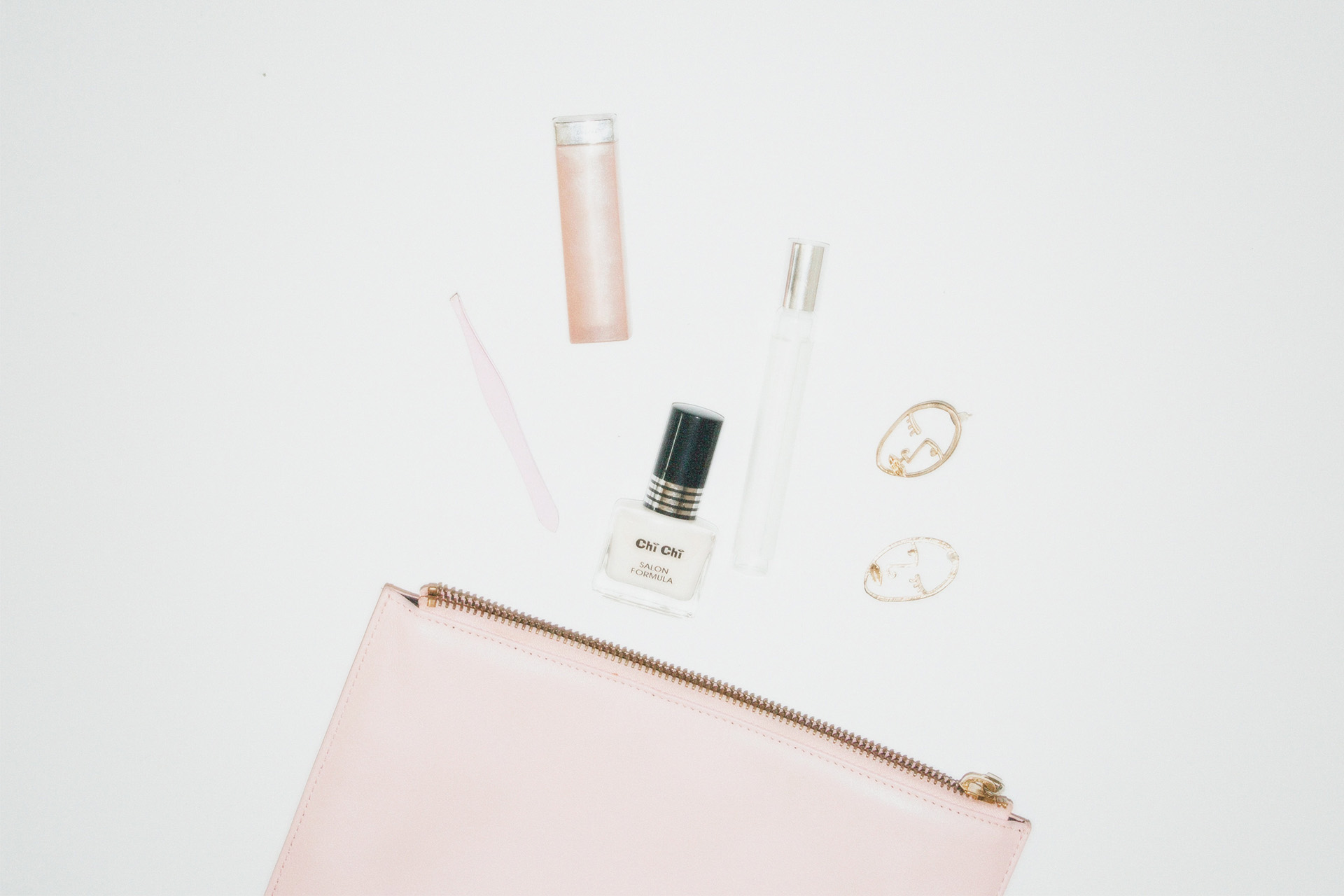In the world of beauty and skincare, cosmetic treatments have become increasingly popular. From Botox to laser resurfacing, these procedures promise to enhance your appearance and boost your confidence. However, it’s essential to have realistic expectations about what these treatments can and can’t do. As a skincare expert and medical aesthetician, I’m here to guide you through the benefits and limitations of various cosmetic treatments, helping you make informed decisions about your beauty regimen.
The Promise of Cosmetic Treatments
Enhancing Natural Beauty
Cosmetic treatments can significantly enhance your natural beauty. Procedures like dermal fillers, Botox, and microneedling can smooth out wrinkles, add volume to your face, and improve your skin’s texture and tone. These treatments work by stimulating collagen production, relaxing facial muscles, or adding hyaluronic acid to plump the skin.
- Botox: Botox is excellent for reducing dynamic wrinkles, such as frown lines and crow’s feet. It works by temporarily paralyzing the muscles that cause these wrinkles, resulting in a smoother, more youthful appearance.
- Dermal Fillers: Fillers can restore lost volume in the cheeks, lips, and under-eye area. They are particularly effective for static wrinkles and folds, such as nasolabial folds.
- Microneedling: This treatment uses tiny needles to create micro-injuries in the skin, stimulating collagen production and improving skin texture, tone, and firmness.
Treating Skin Imperfections
Cosmetic treatments can address various skin imperfections, such as acne scars, hyperpigmentation, and uneven skin texture. Chemical peels, laser treatments, and microdermabrasion are effective in treating these issues.
- Chemical Peels: Peels use acids to exfoliate the top layers of the skin, revealing fresher, smoother skin underneath. They can improve the appearance of acne scars, pigmentation, and fine lines.
- Laser Treatments: Lasers can target specific skin concerns, such as pigmentation, redness, and scars. They work by removing the outer layers of skin or stimulating collagen production in the deeper layers.
- Microdermabrasion: This technique uses a diamond-tipped wand or fine crystals to exfoliate the skin, reducing the appearance of scars, pigmentation, and fine lines.
Body Contouring and Fat Reduction
Non-invasive body contouring treatments like CoolSculpting and radiofrequency can help reduce stubborn fat deposits and contour your body. These treatments can target areas like the abdomen, thighs, and arms, providing a more sculpted appearance.
- CoolSculpting: This treatment freezes and destroys fat cells, which are then naturally eliminated by the body. It’s effective for reducing localized fat deposits.
- Radiofrequency: This technology uses heat to stimulate collagen production and tighten the skin, improving the appearance of sagging or loose skin.
The Limitations of Cosmetic Treatments
Temporary Results
One of the main limitations of many cosmetic treatments is that the results are often temporary. Procedures like Botox and dermal fillers require regular maintenance sessions to sustain the results.
- Botox: The effects of Botox typically last three to six months, after which the muscle activity gradually returns, and wrinkles may reappear.
- Dermal Fillers: Fillers can last anywhere from six months to two years, depending on the type of filler and the area treated. However, the body eventually metabolizes the filler, necessitating repeat treatments.
Not a Substitute for Surgery
While non-invasive treatments can provide significant improvements, they are not substitutes for surgical procedures. For instance, if you have severe skin laxity or deep wrinkles, a facelift or surgical intervention may be necessary to achieve your desired results.
- Skin Tightening: Non-surgical skin tightening treatments can improve mild to moderate skin laxity but may not be sufficient for severe sagging skin. In such cases, a surgical lift may be required.
- Body Contouring: Non-invasive fat reduction treatments can reduce small fat deposits but may not achieve the same results as liposuction, especially for larger areas.
Individual Variations
The effectiveness of cosmetic treatments can vary significantly from person to person. Factors such as age, skin type, and the severity of the concern being treated can influence the results.
- Age: Younger patients may see more dramatic results from treatments like microneedling or chemical peels, as their skin tends to heal and regenerate more quickly.
- Skin Type: Different skin types respond differently to treatments. For example, darker skin tones may be more prone to pigmentation changes after certain laser treatments.
- Severity of Concern: The severity of the issue being treated also plays a role. Deep wrinkles, extensive scarring, or significant fat deposits may require more intensive treatments or a combination of therapies.
Potential Side Effects and Risks
All cosmetic treatments carry some risk of side effects and complications. It’s essential to be aware of these risks and discuss them with your provider before undergoing any procedure.
- Botox and Fillers: Common side effects include bruising, swelling, and redness at the injection site. More severe complications, such as infection or allergic reactions, are rare but possible.
- Laser Treatments: Side effects can include redness, swelling, and temporary changes in skin color. In rare cases, burns, scarring, or infections may occur.
- Chemical Peels: Peels can cause redness, peeling, and sensitivity. In some cases, they may lead to hyperpigmentation or scarring, especially in darker skin tones.
Managing Expectations: A Realistic Approach
Consultation with a Professional
The first step in managing your expectations is to have a thorough consultation with a qualified professional. During this consultation, discuss your goals, concerns, and any potential limitations of the treatments. A skilled practitioner will provide a realistic assessment of what can be achieved and recommend the most appropriate treatments for your needs.
Understanding the Process
Understanding the process and what to expect during and after the treatment is crucial. This includes knowing the recovery time, potential side effects, and how long the results will last. Being well-informed helps you prepare mentally and physically for the treatment and sets realistic expectations for the outcome.
Combining Treatments
In many cases, combining different treatments can provide more comprehensive results. For example, combining Botox with fillers can address both dynamic and static wrinkles, while combining microneedling with PRP (platelet-rich plasma) can enhance the overall skin rejuvenation effects.
- Botox and Fillers: Using these treatments together can provide a more complete facial rejuvenation, addressing multiple concerns at once.
- Microneedling and PRP: PRP can enhance the results of microneedling by promoting faster healing and improving skin texture and tone.
- Laser and Chemical Peels: Combining these treatments can address different layers of the skin, providing more comprehensive improvements in texture, tone, and pigmentation.
Maintenance and Aftercare
Maintaining the results of cosmetic treatments often requires ongoing care and maintenance. This includes follow-up treatments, using appropriate skincare products, and protecting your skin from the sun.
- Follow-Up Treatments: Regular maintenance sessions may be necessary to sustain the results of treatments like Botox, fillers, and laser resurfacing.
- Skincare Routine: Using high-quality skincare products tailored to your skin type and concerns can help maintain and enhance the results of cosmetic treatments.
- Sun Protection: Protecting your skin from UV damage is crucial in preserving the benefits of cosmetic treatments. Use a broad-spectrum sunscreen with SPF 30 or higher daily.
Psychological Considerations
It’s important to approach cosmetic treatments with a healthy mindset. While these treatments can enhance your appearance and boost your confidence, they are not a cure-all for self-esteem issues. It’s essential to have a positive self-image and realistic expectations about what cosmetic treatments can achieve.
- Self-Image: Remember that cosmetic treatments are designed to enhance your natural beauty, not to completely transform your appearance. Embrace your unique features and use treatments to highlight your best attributes.
- Realistic Goals: Set realistic goals for what you hope to achieve with cosmetic treatments. Understand that perfection is not attainable, and focus on improving specific areas of concern.
- Mental Health: If you have underlying self-esteem or body image issues, consider speaking with a mental health professional. They can help you develop a healthy relationship with your appearance and provide support as you navigate your cosmetic treatment journey.
Conclusion
Cosmetic treatments offer a range of benefits, from enhancing your natural beauty to addressing specific skin concerns. However, it’s crucial to manage your expectations and understand the limitations of these treatments. By having a thorough consultation with a qualified professional, understanding the process, and maintaining realistic goals, you can achieve satisfying results that boost your confidence and enhance your appearance.
Remember, cosmetic treatments are just one part of a comprehensive approach to beauty and self-care. Embrace your unique features, practice good skincare habits, and maintain a positive self-image. With the right mindset and approach, you can enjoy the benefits of cosmetic treatments while staying true to yourself.


